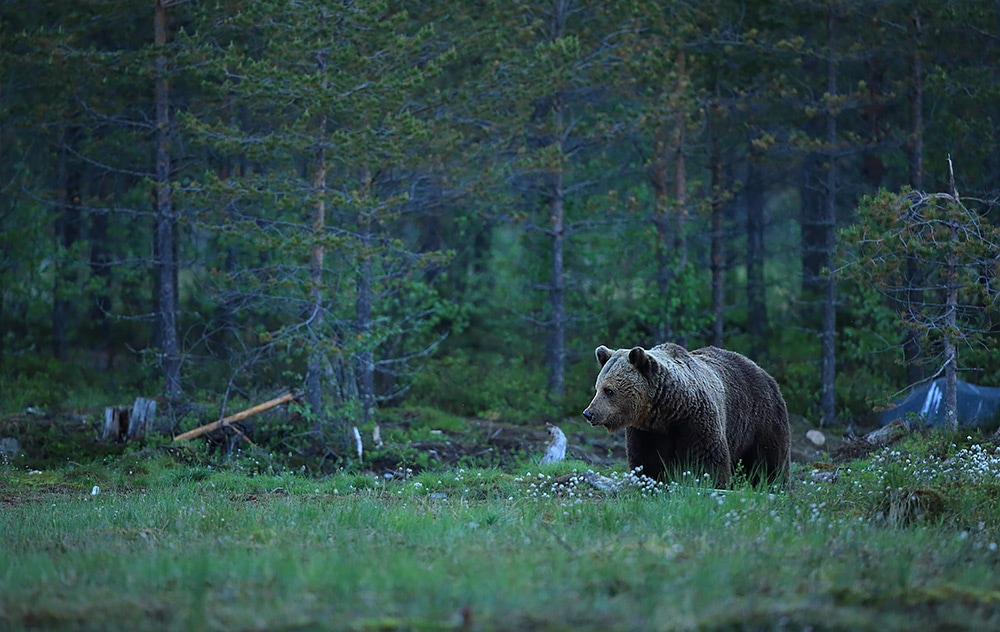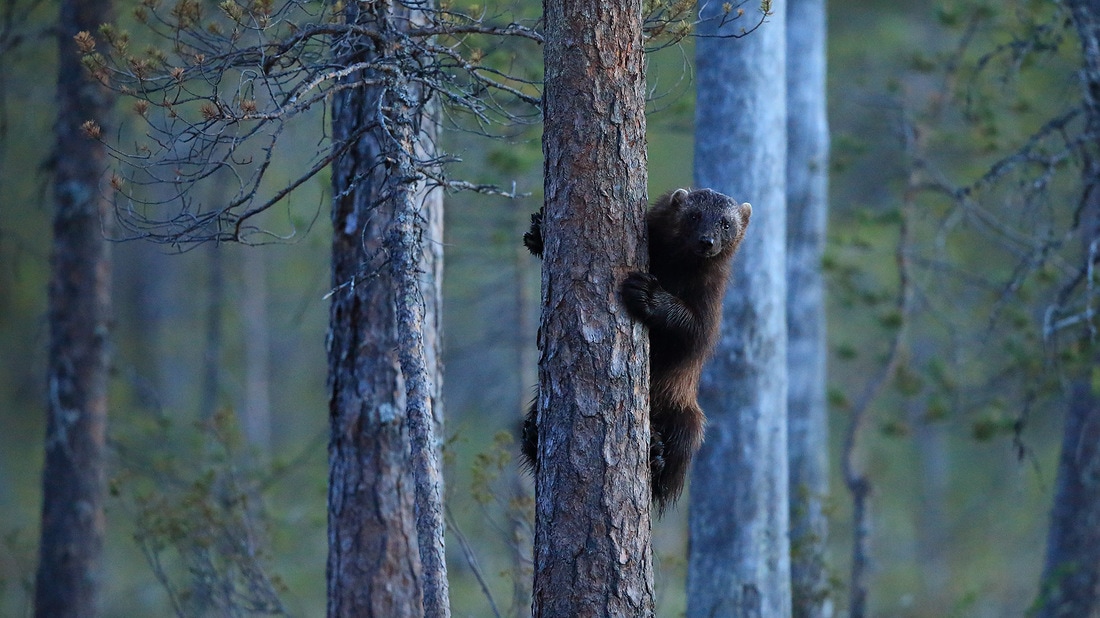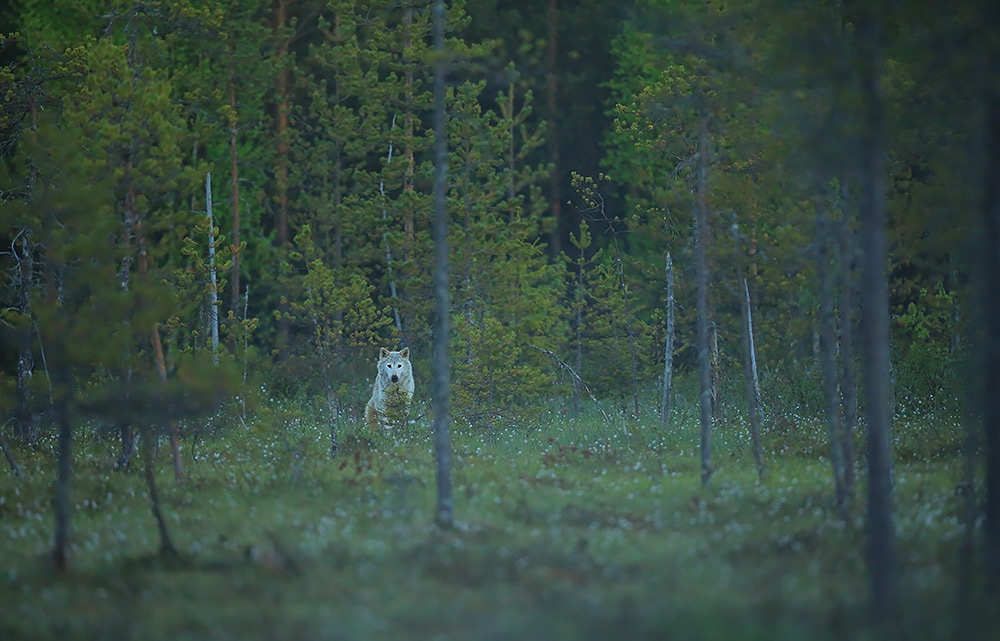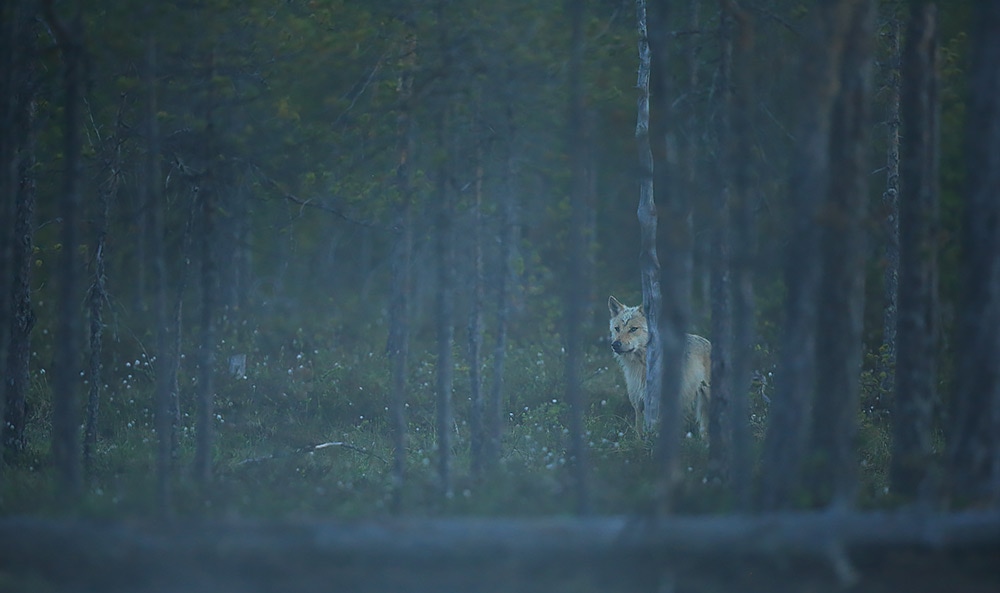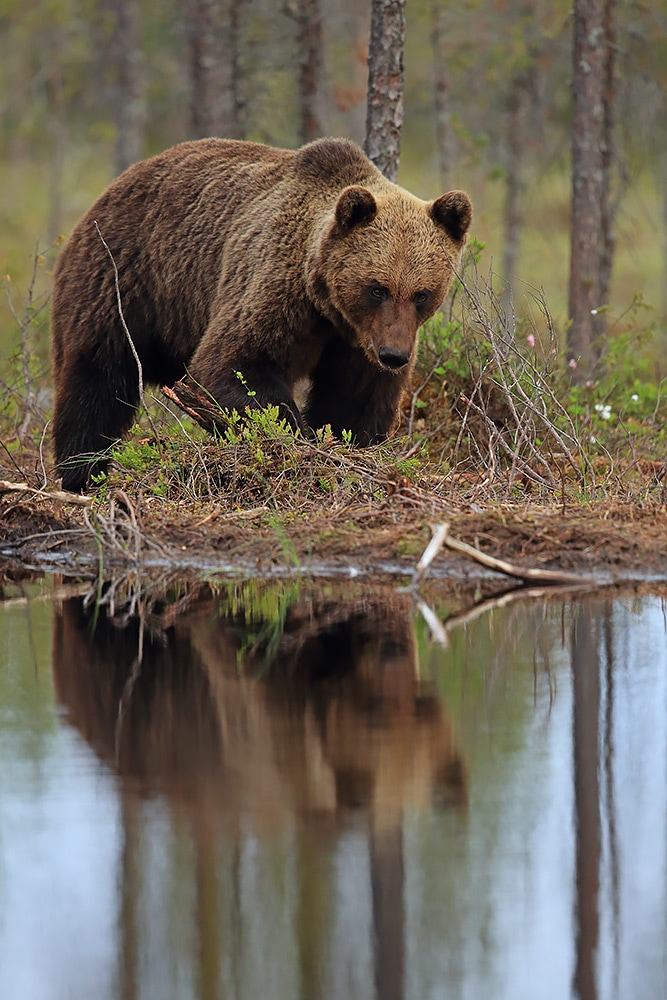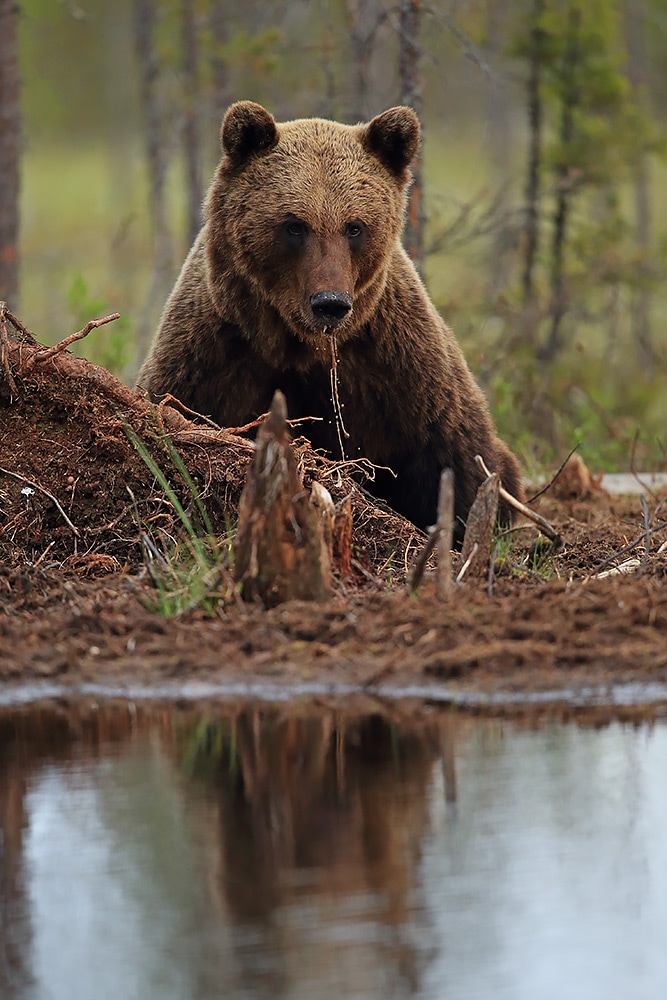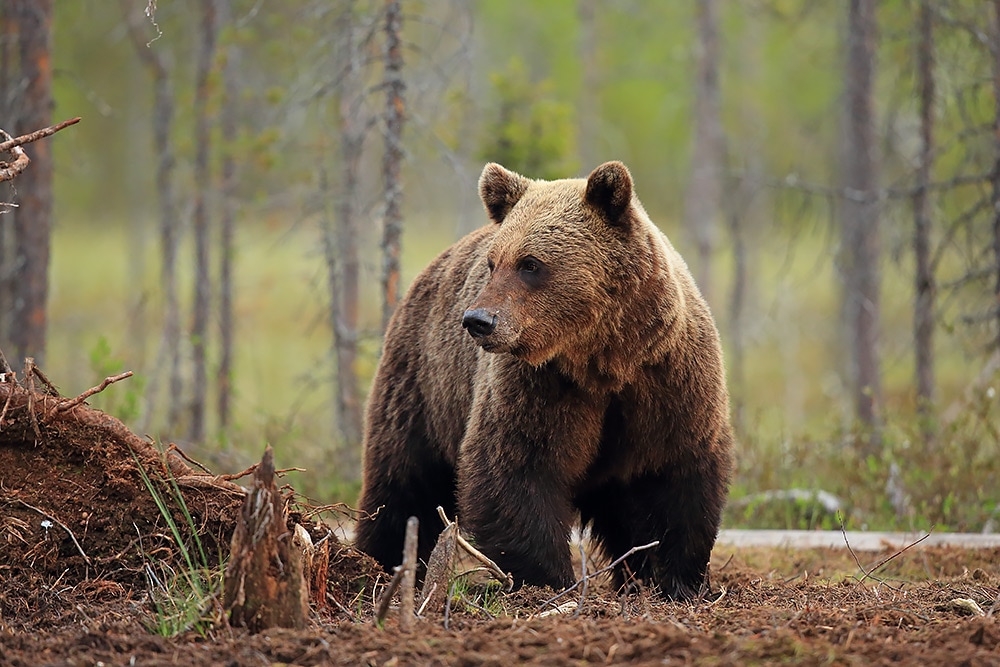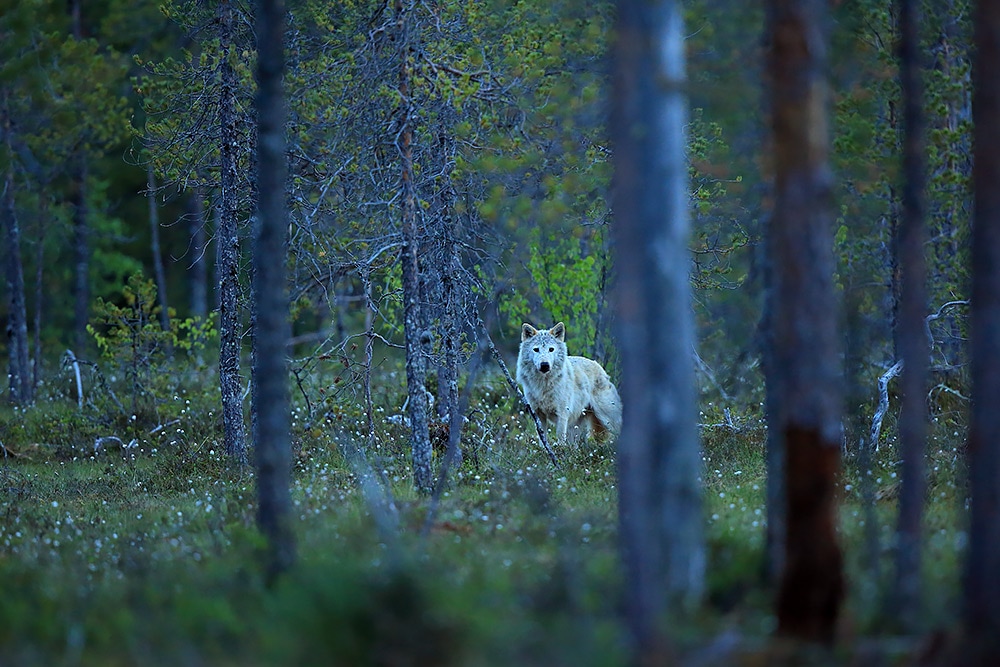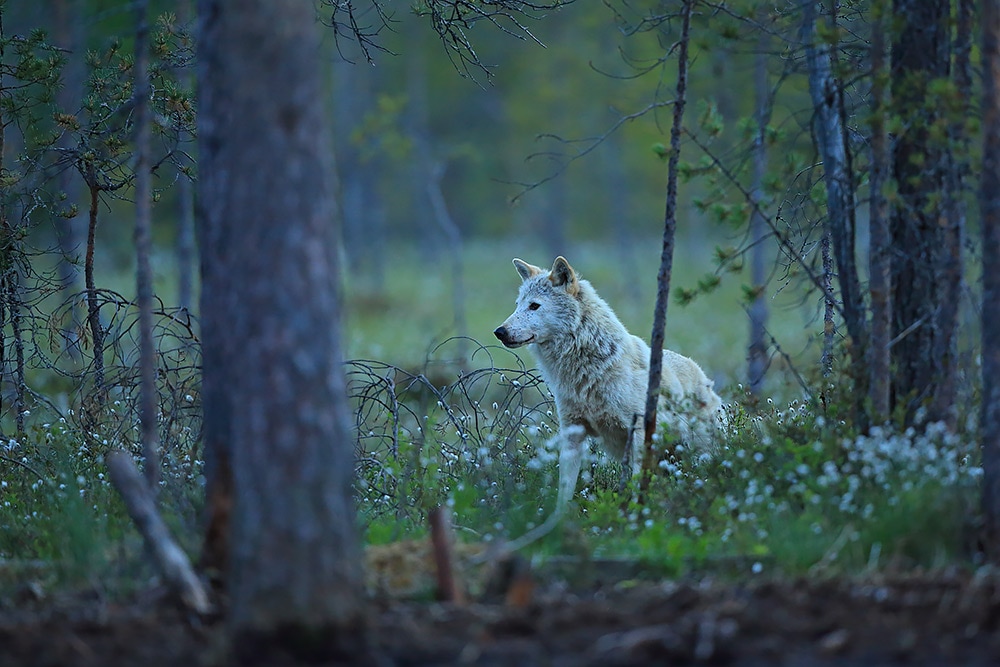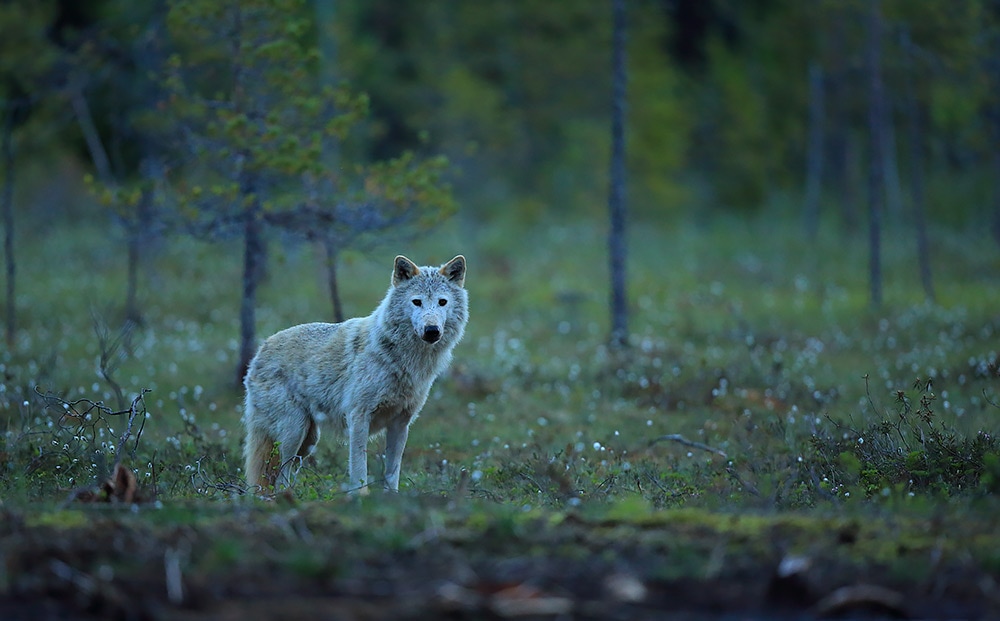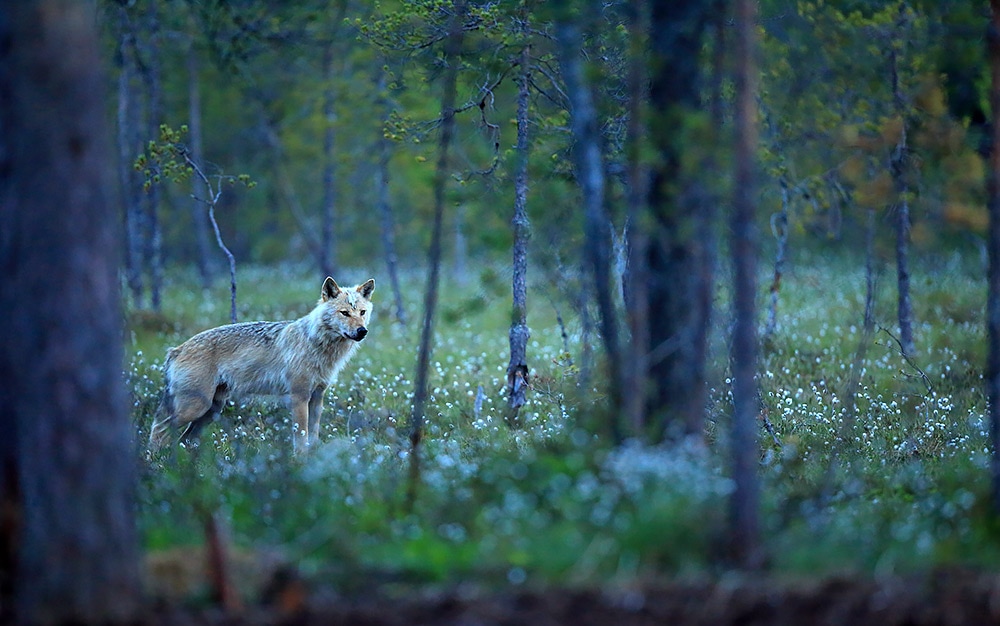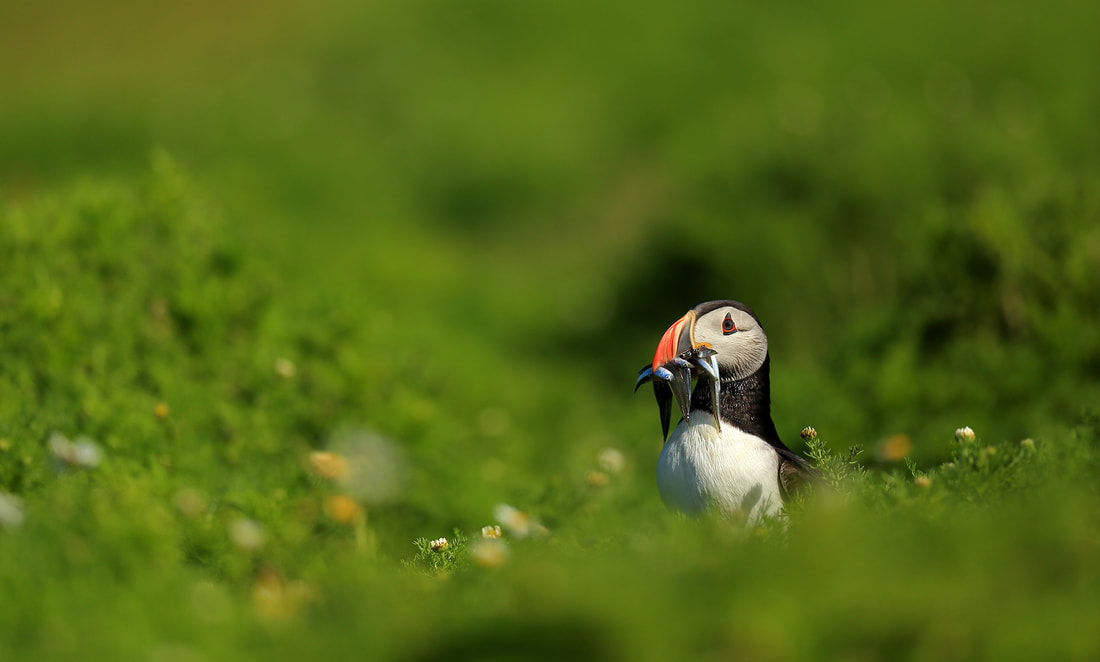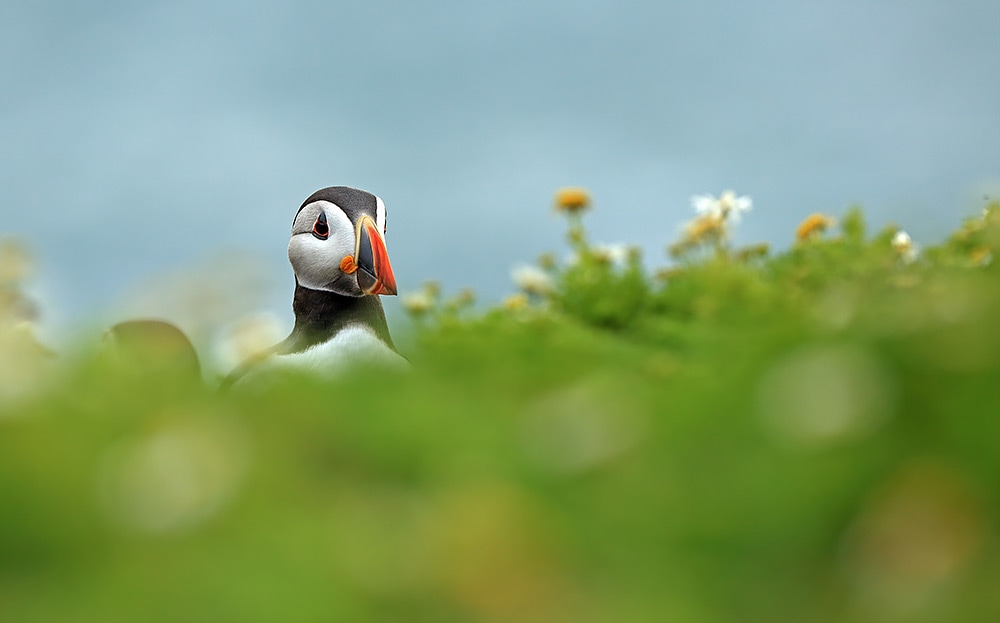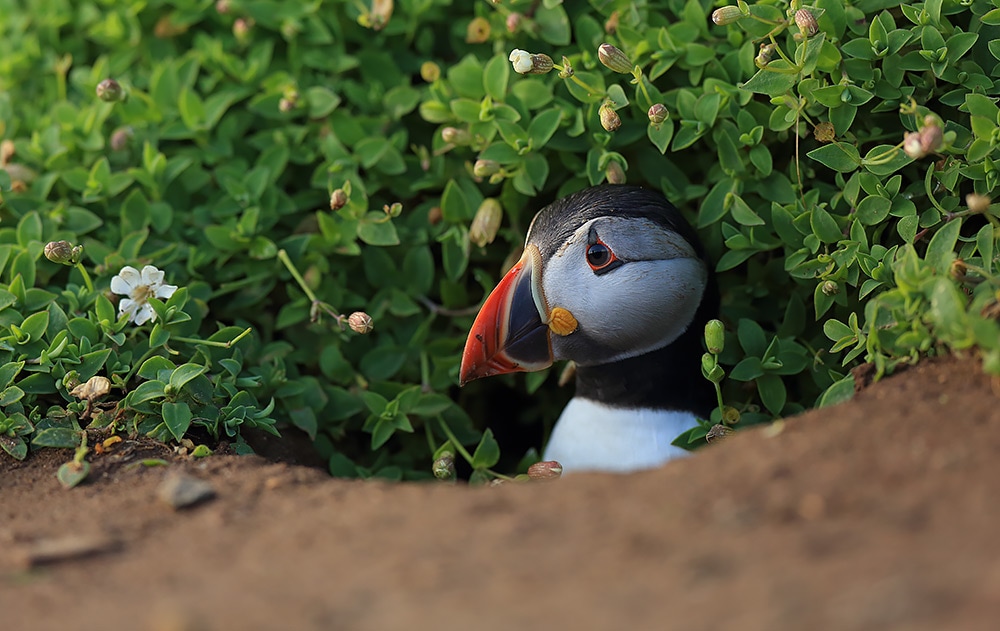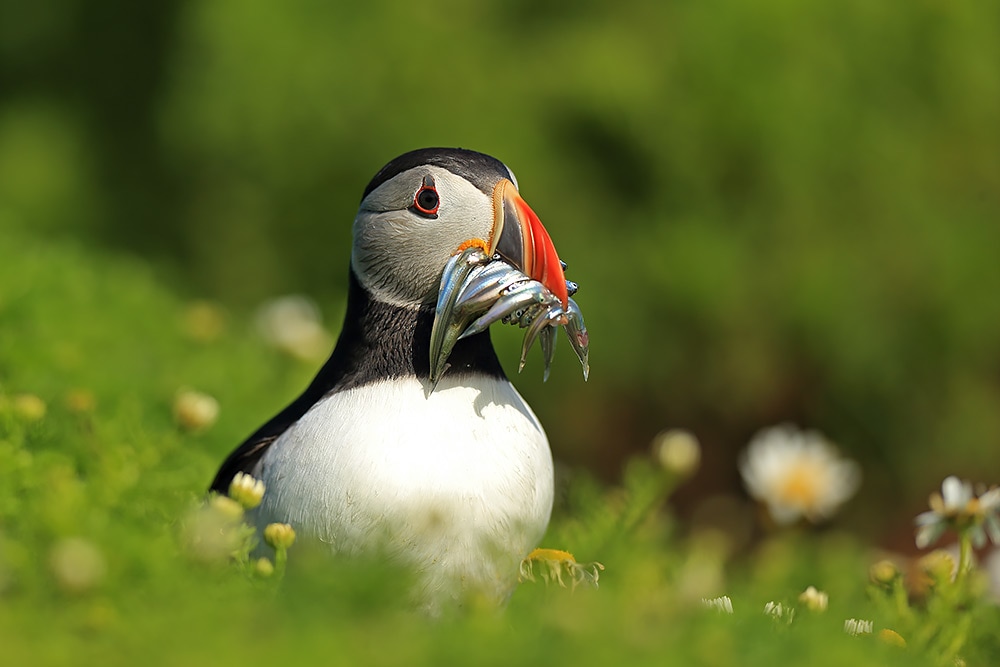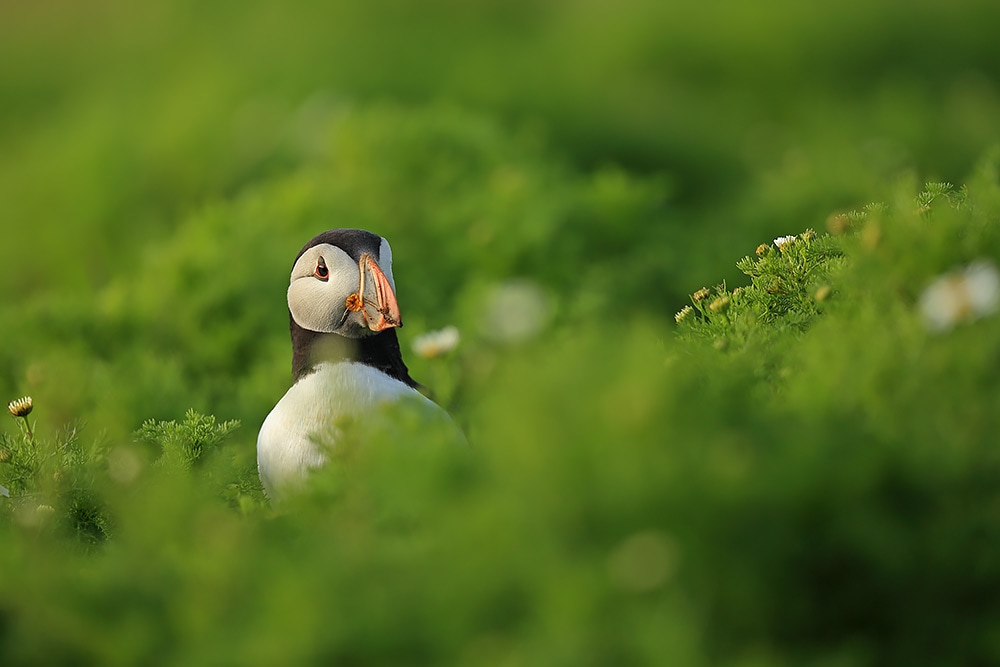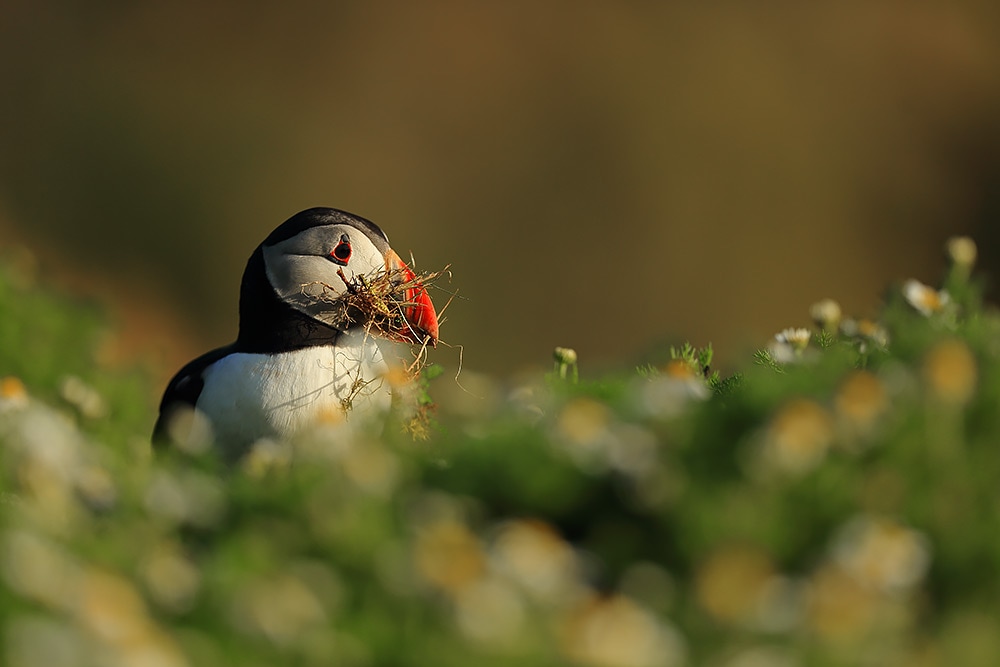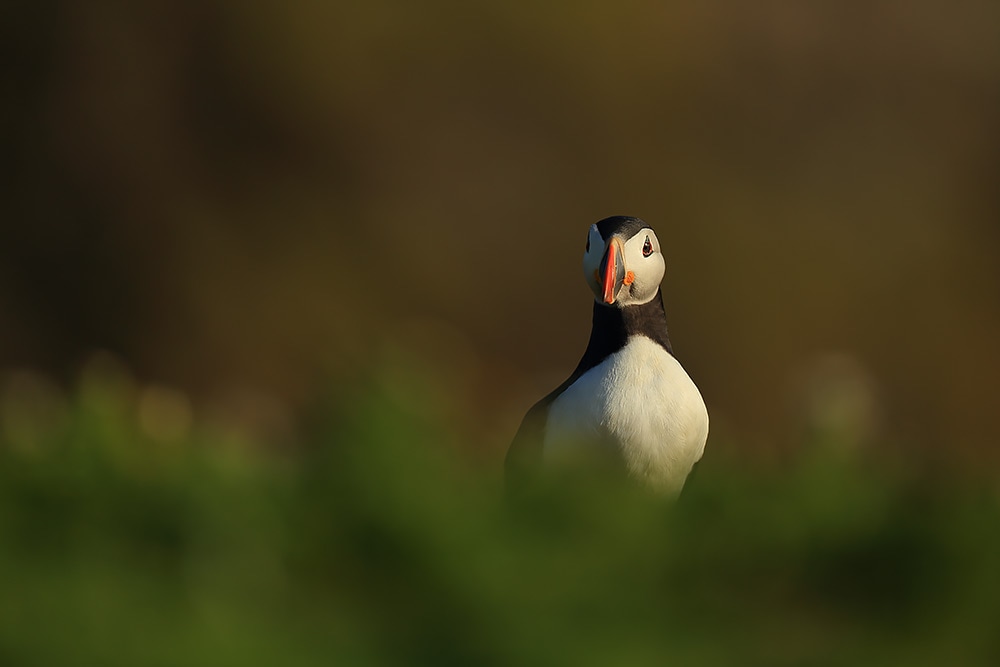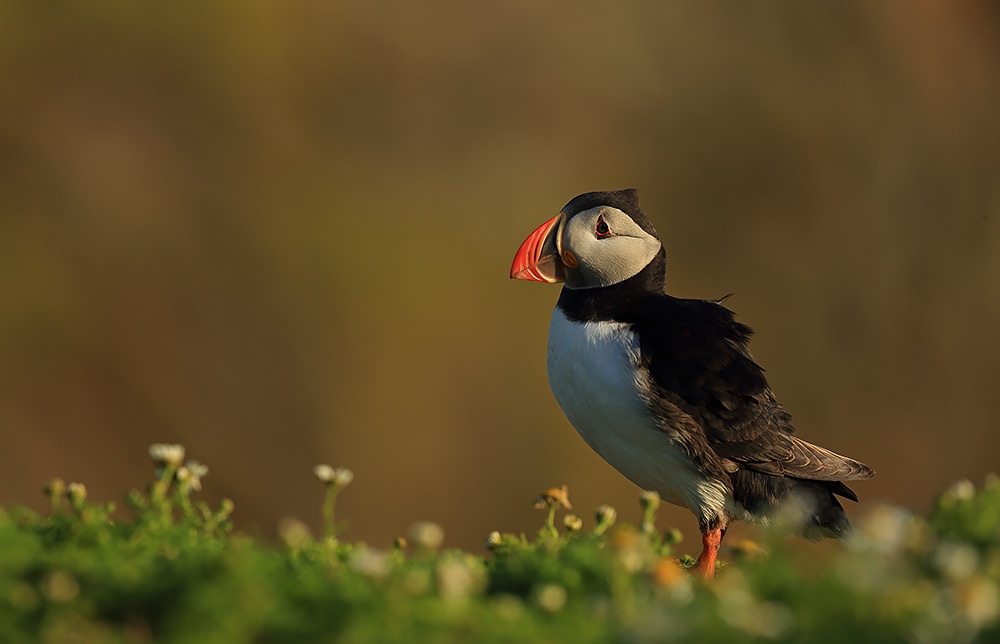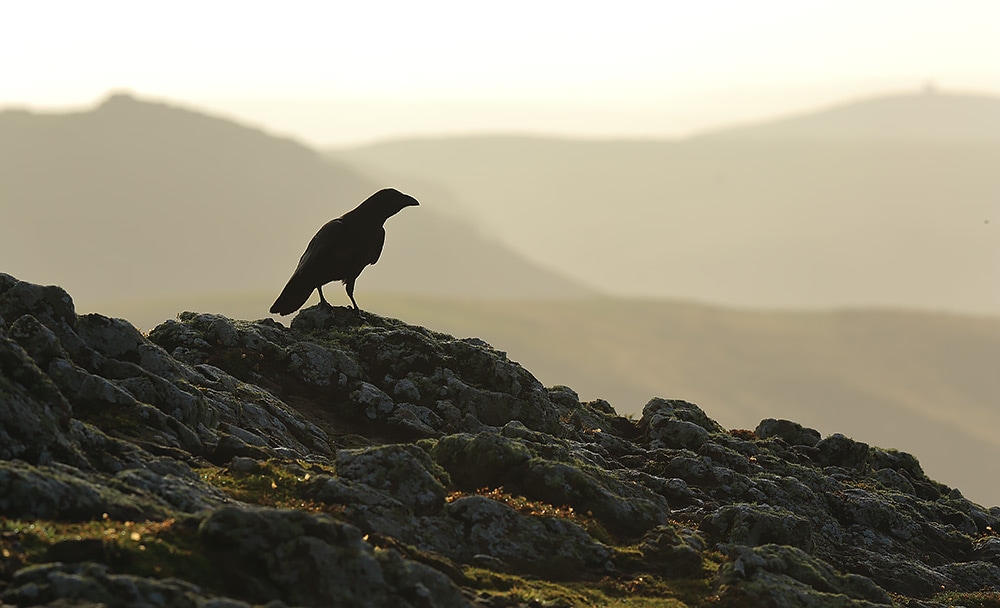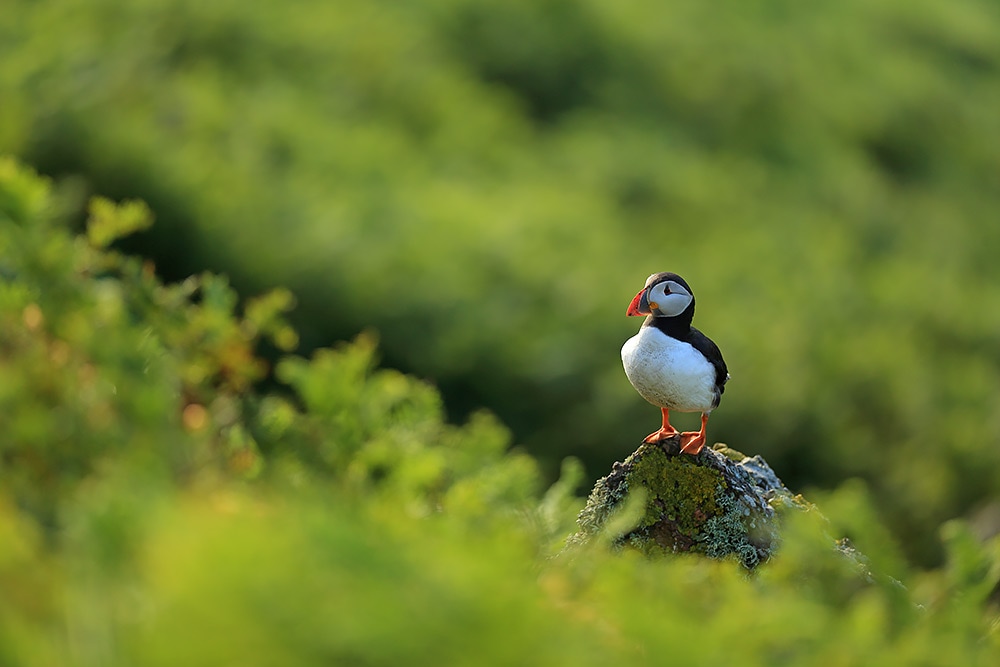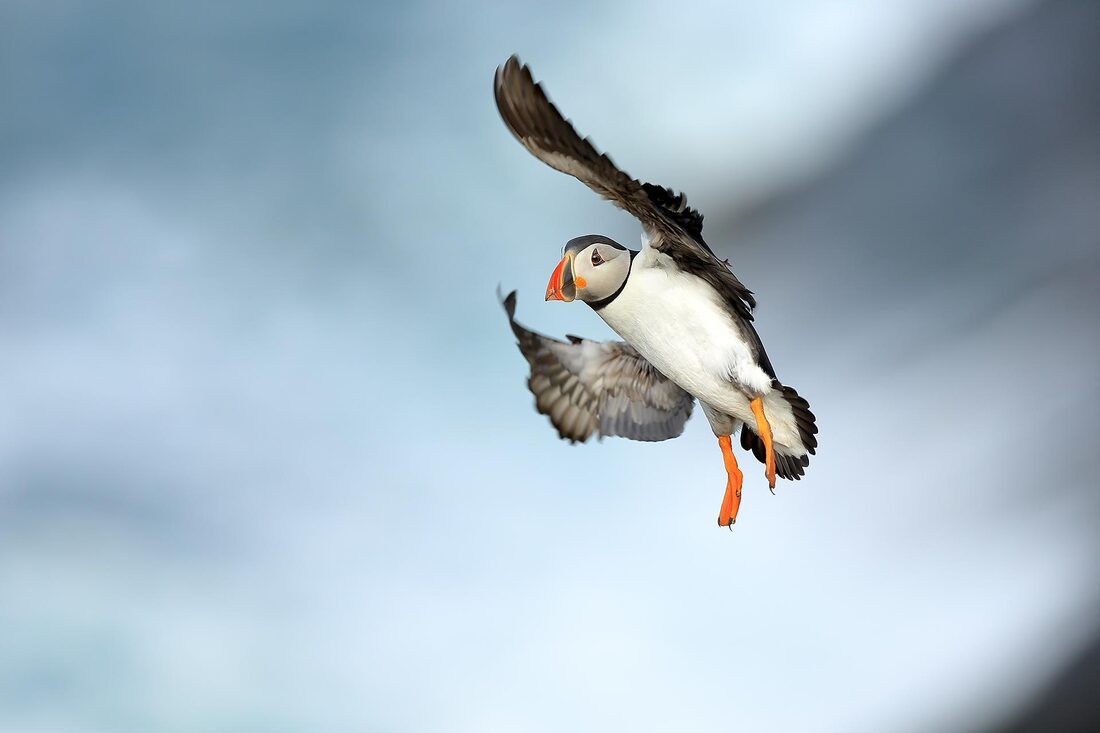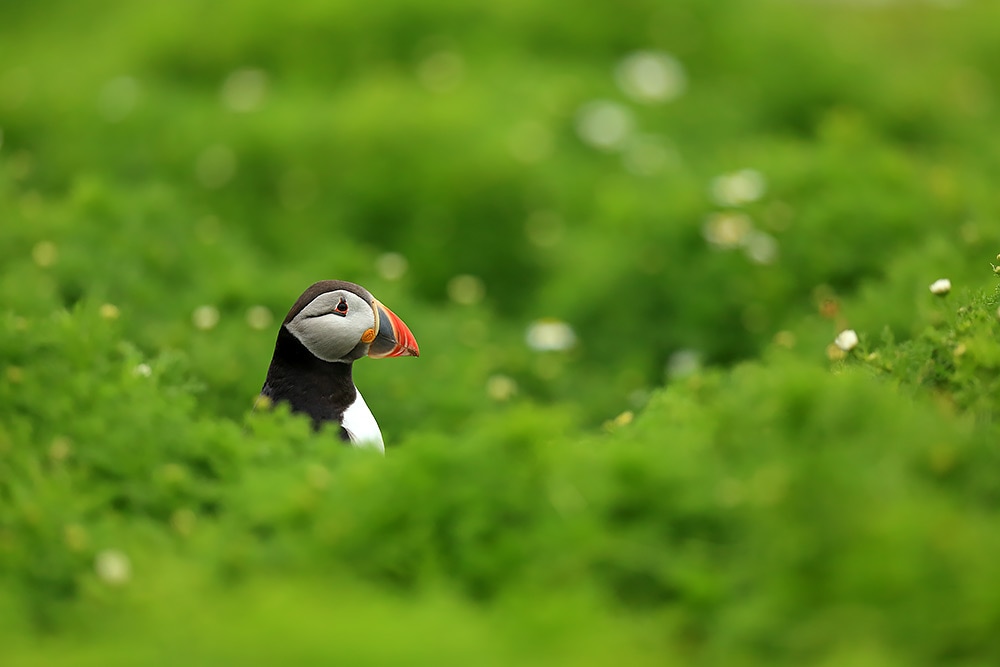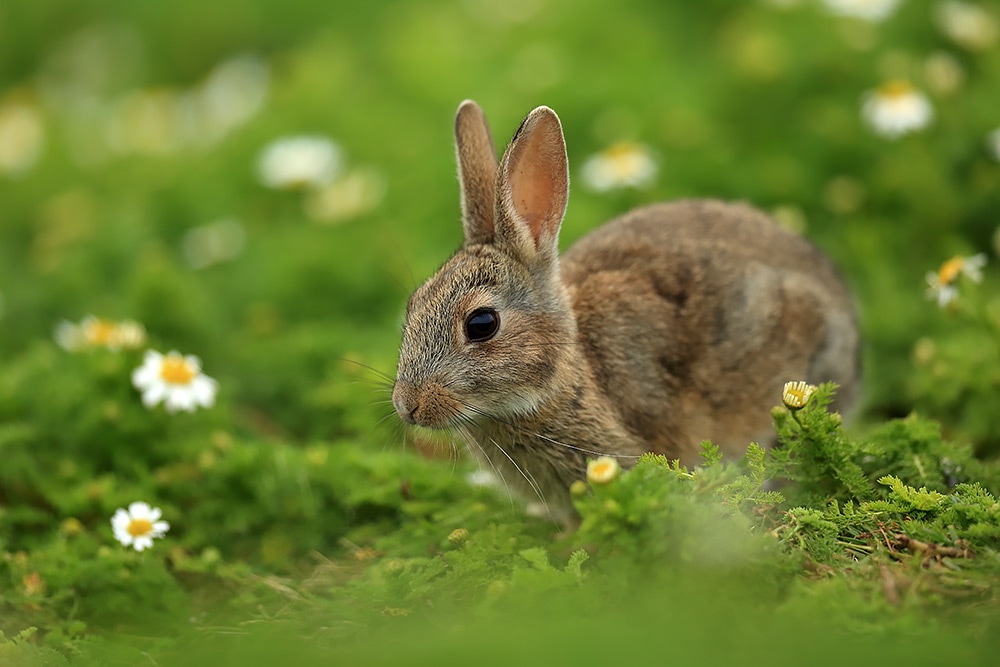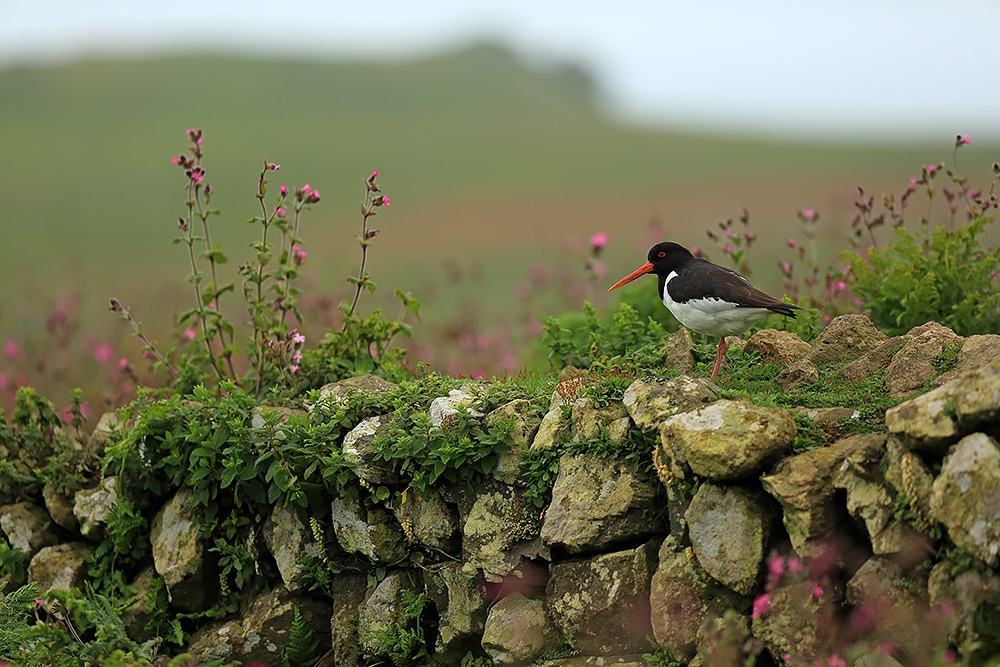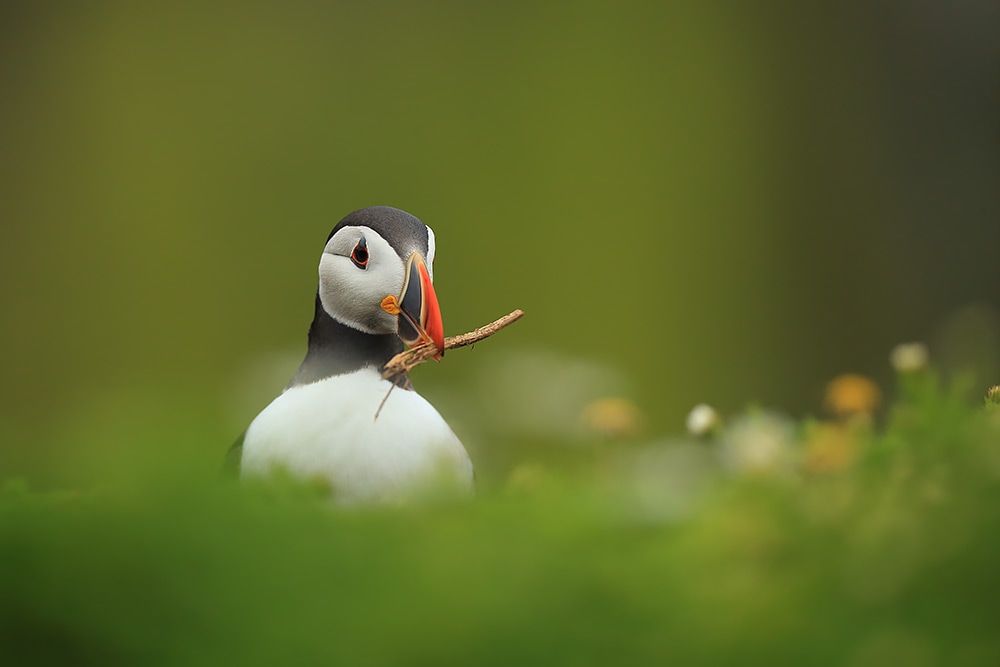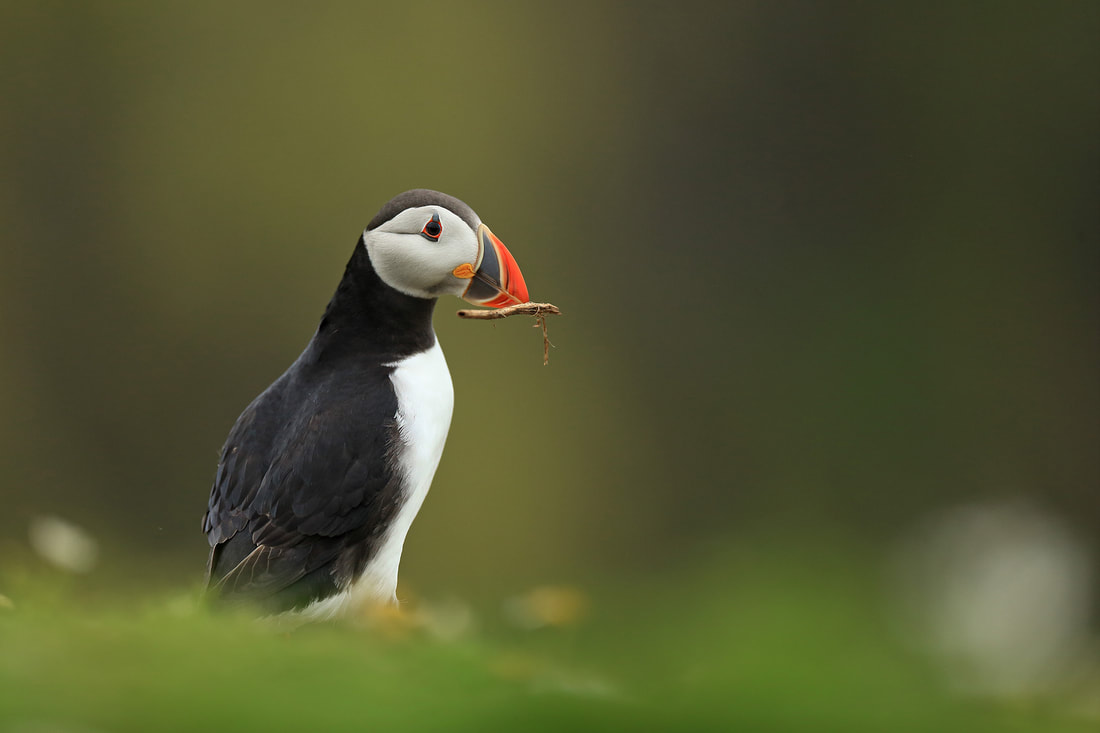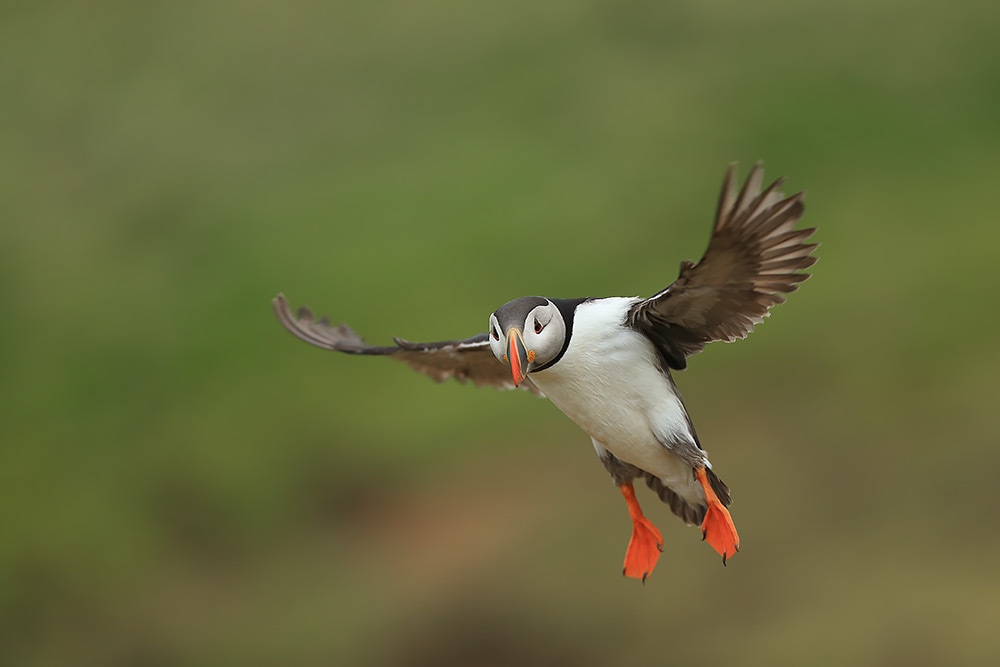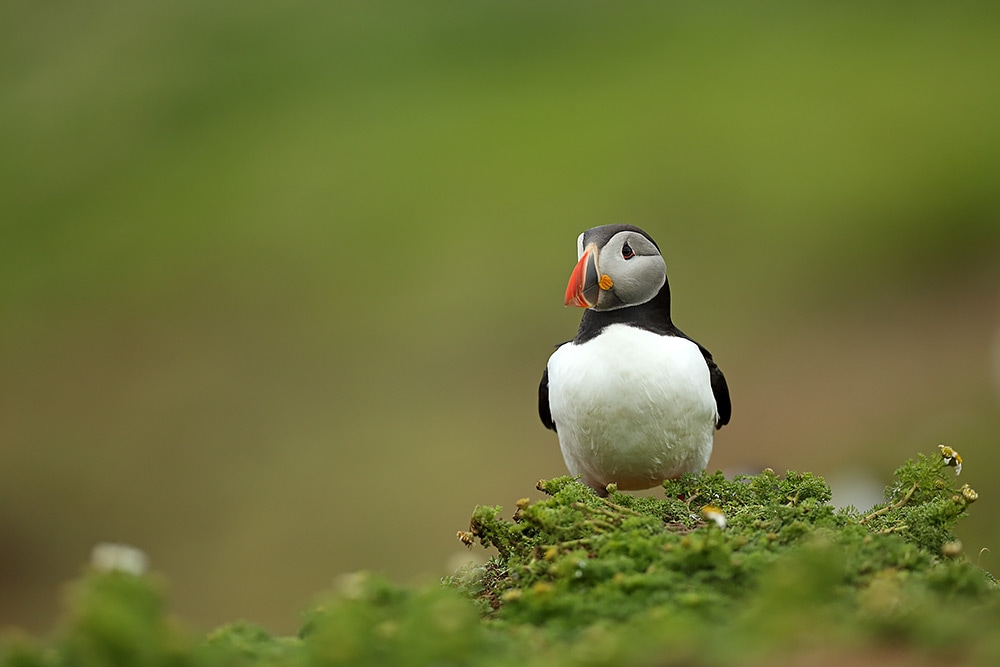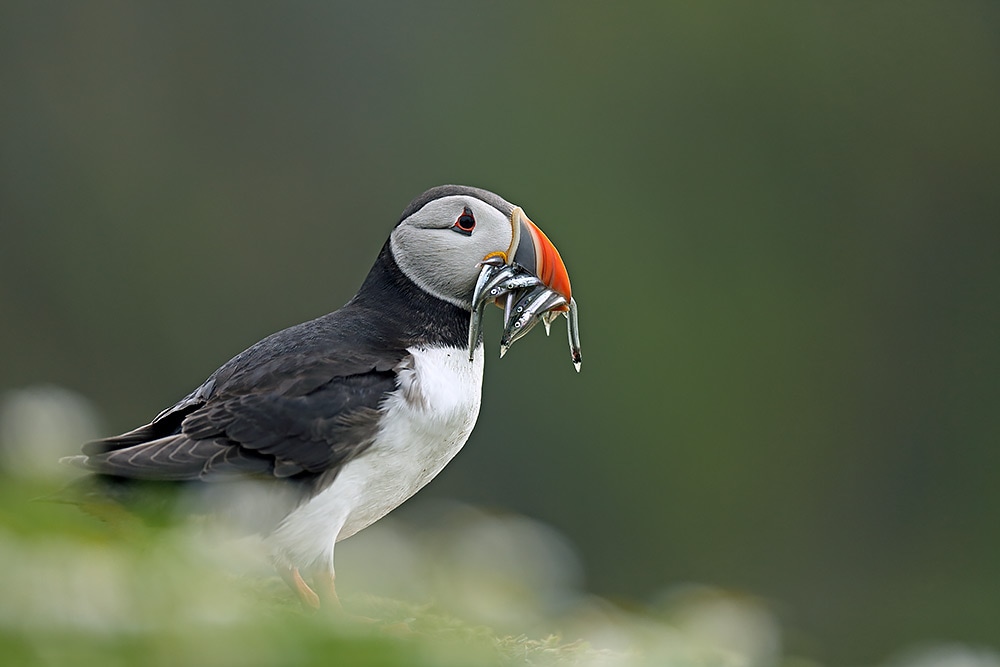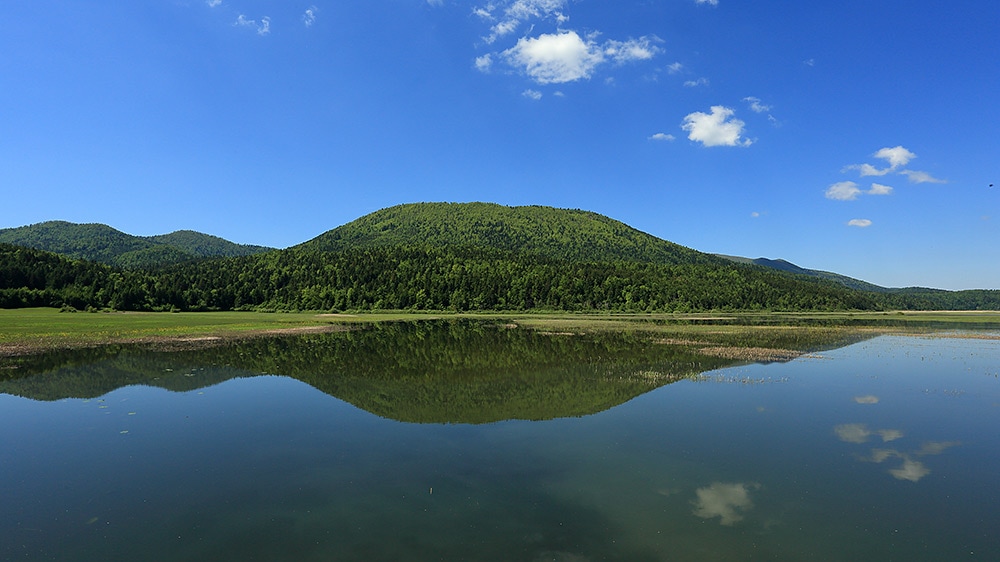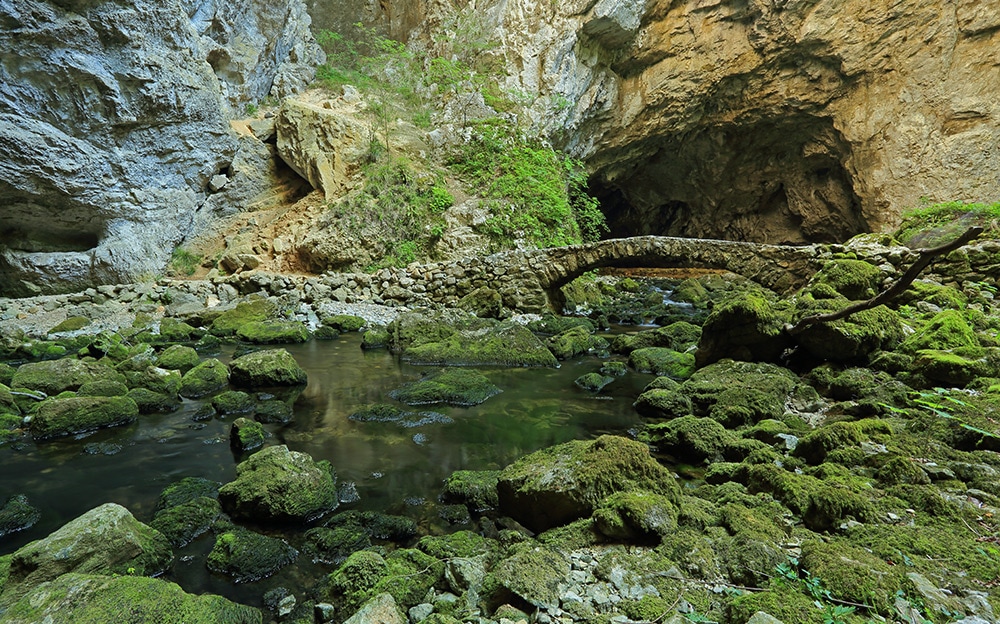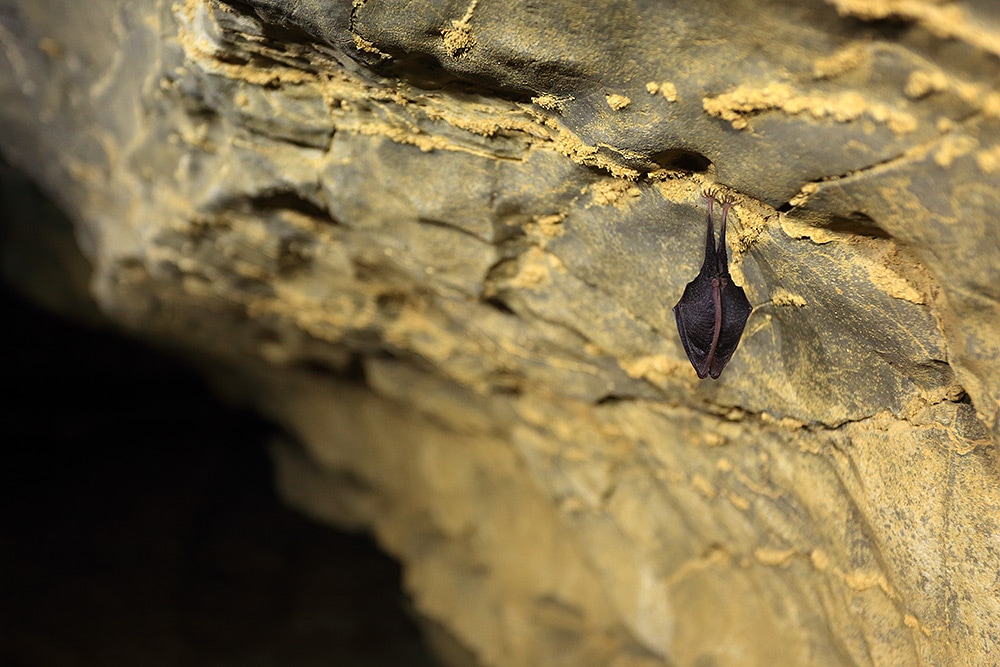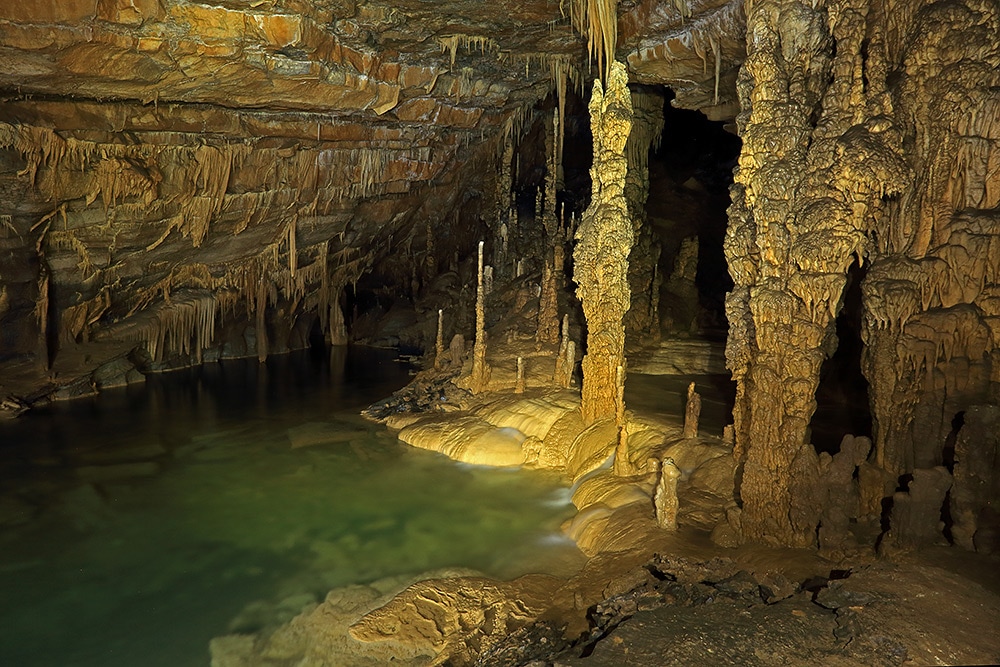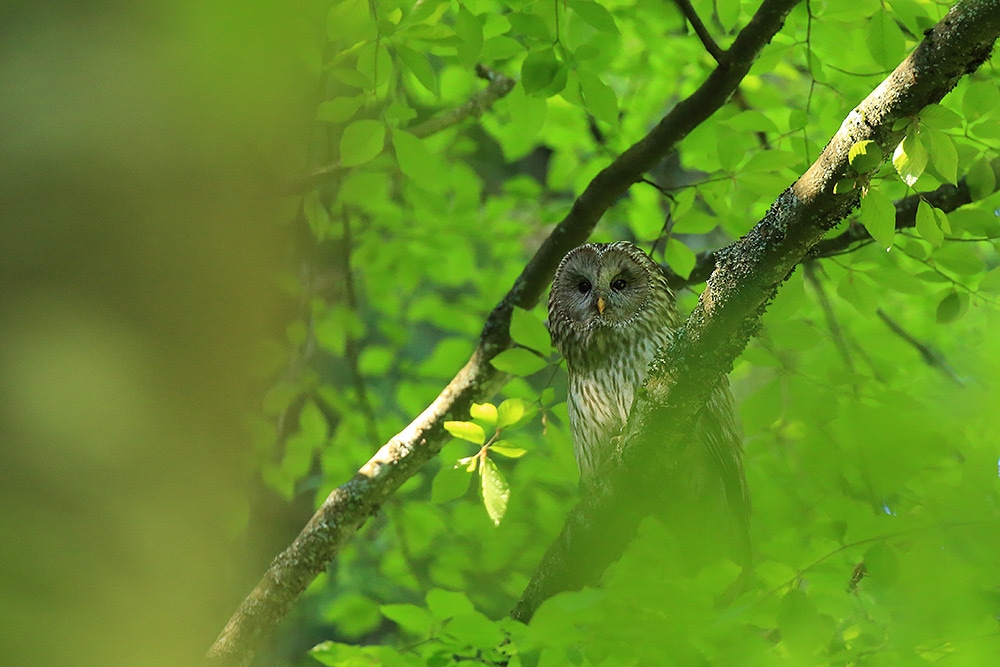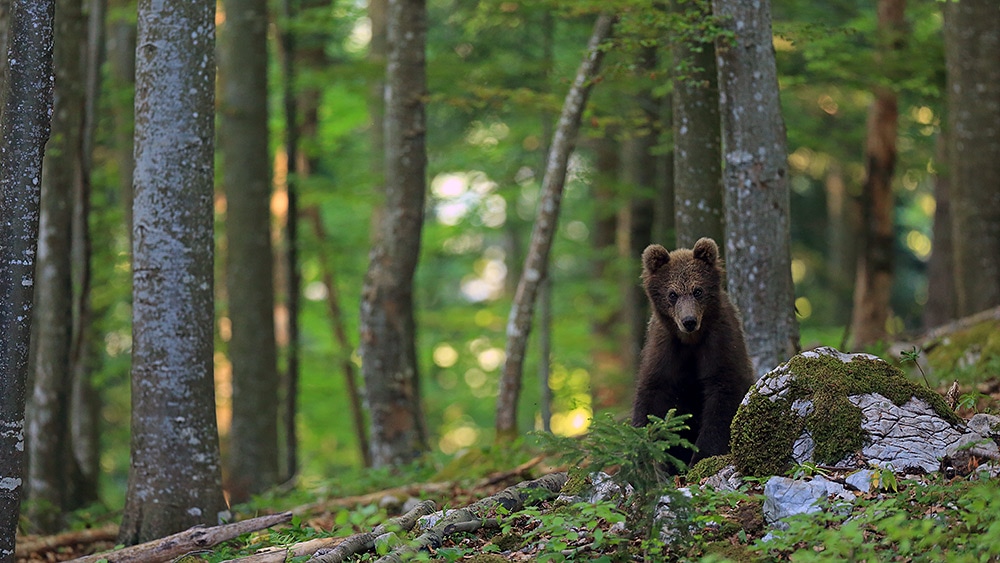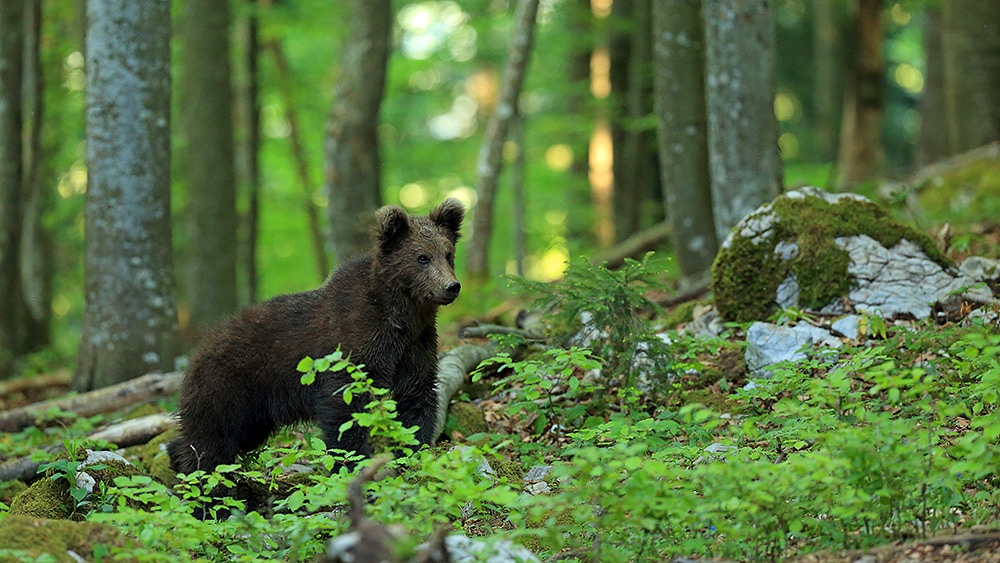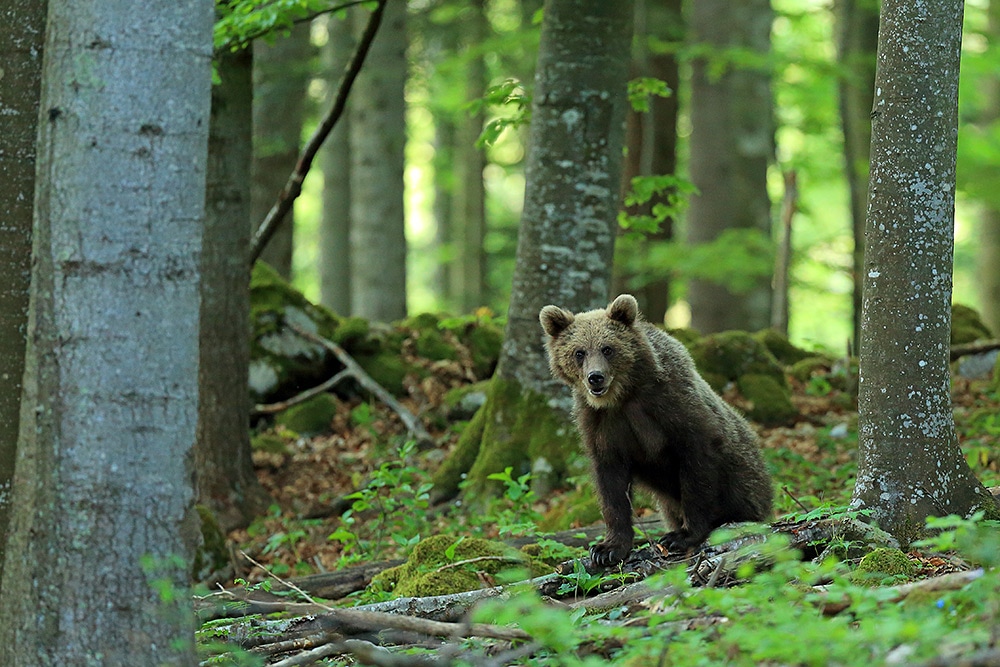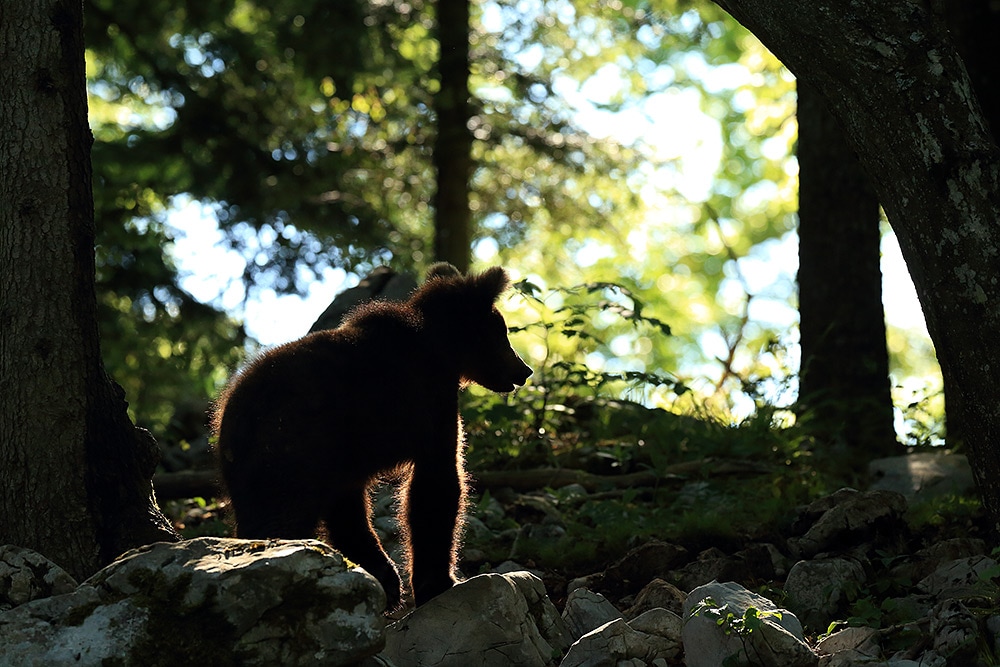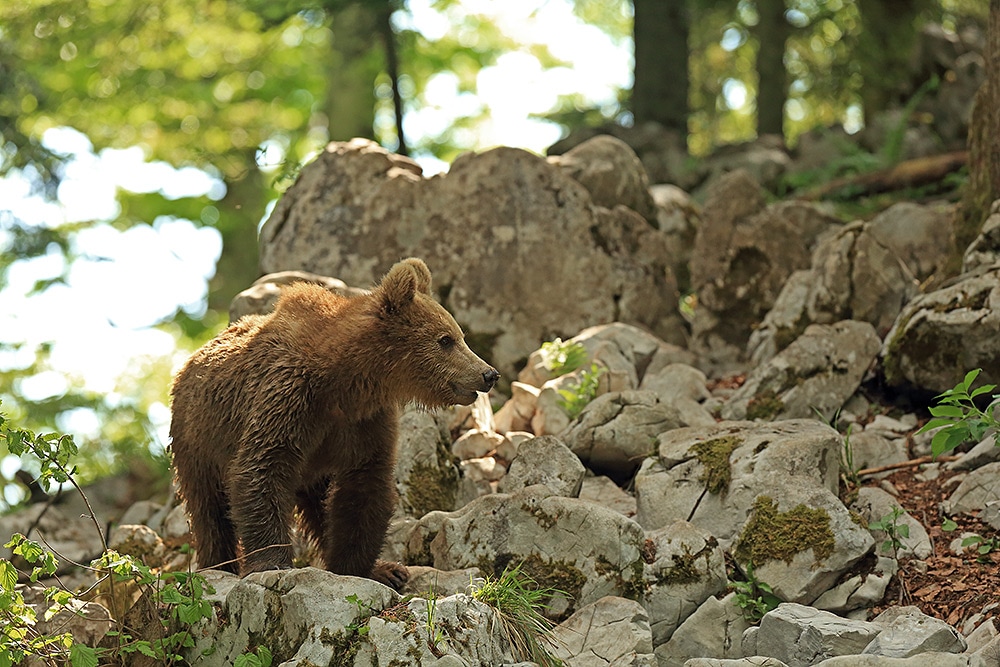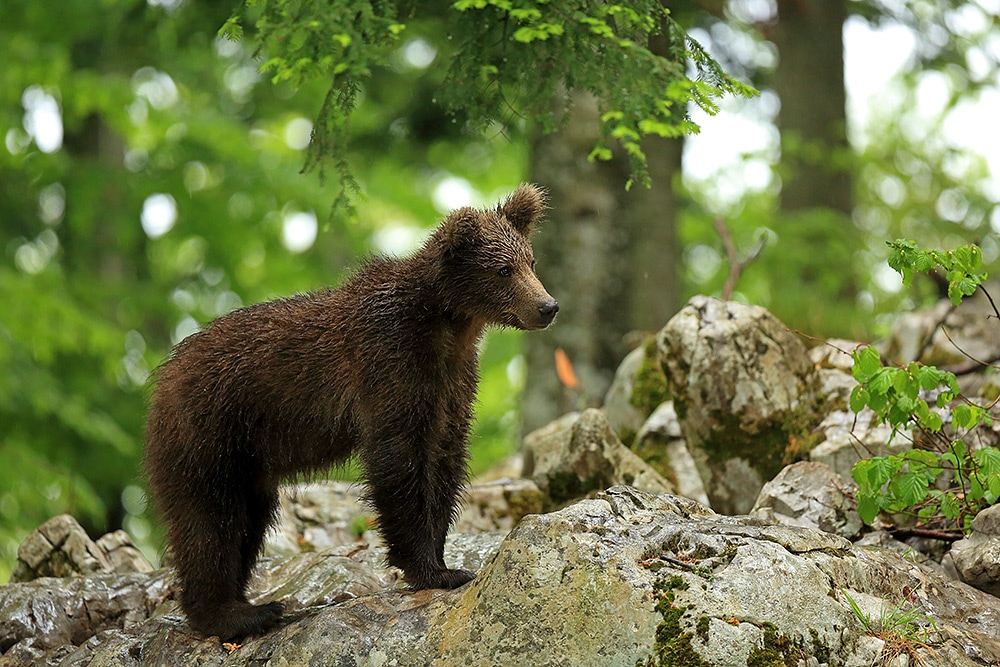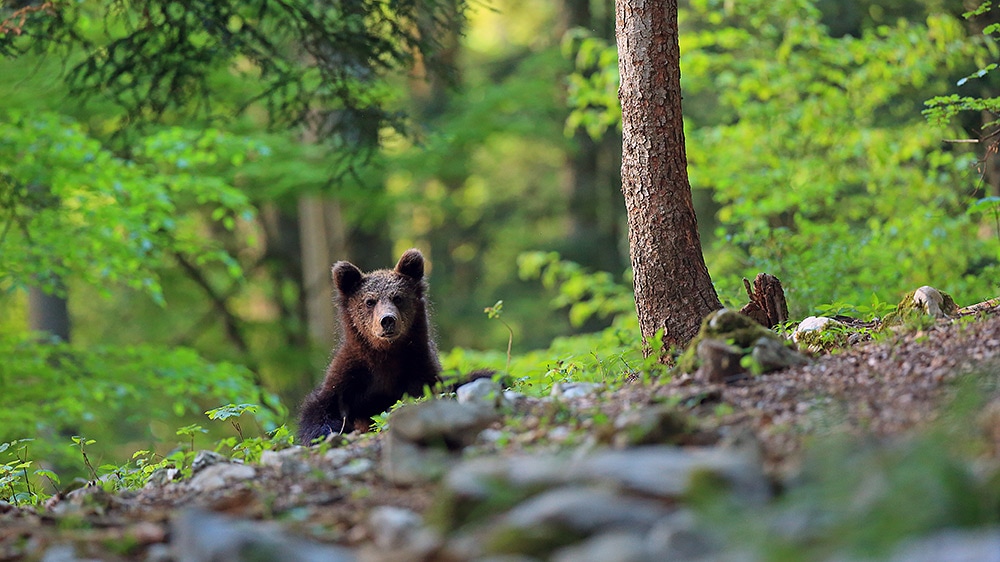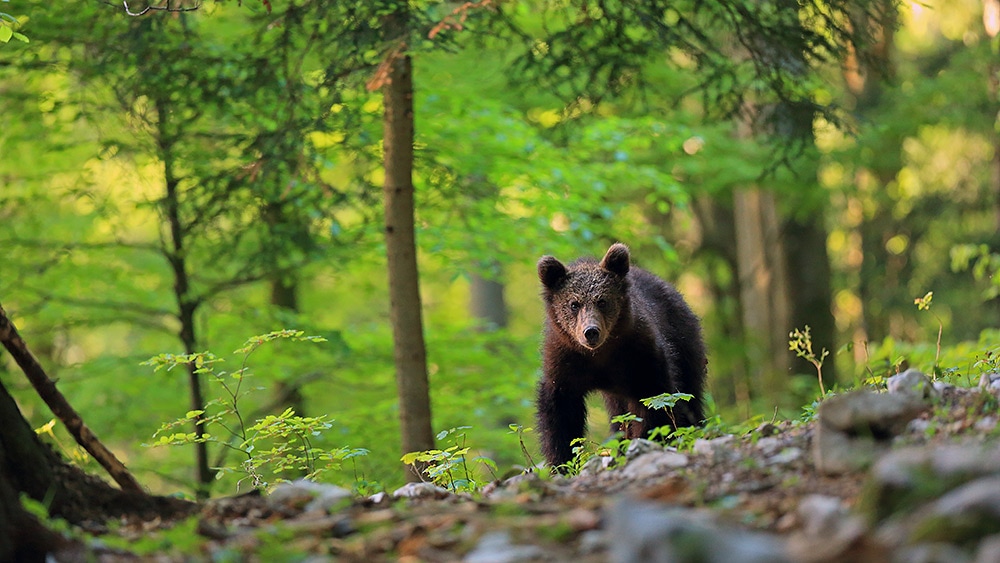|
A land of countless lakes and seemingly infinite forests, Finland is one of Europe’s wilder corners. In recent years the country has become well regarded as the finest bear watching location outside of the Americas. However, I had heard of a particular location (right on the Russian border), where it was possible to see and even photograph European Brown Bear, Wolverine and even Wolf. This place sounded too good to be true! So after a lot of digging and hours of reading through reports, I had all of the information I needed. In the end I decided it would be a great place to run a wildlife photography tour with Wildlife Worldwide. We have named the tour ‘Boreal Predators Photography’ and it certainly lived up to its name this year. Towards the end of June I set off with 6 eager clients, all keen to photograph the iconic species of this border region, or ‘no man’s land’, between Finland and Russia. Now I must start by saying that Finland hasn’t really had a spring in 2017, and therefore all the wildlife’s behaviour has been particularly unpredictable. We spent a total of 4 nights in the hides, all of which were different. This year was particularly cold, which makes it much harder to get comfortable within the hides, but our perseverance paid off in the end. The first night was a little disappointing with only a couple of bears seen at a bit of a distance, one of which was particularly nervous. Don’t get me wrong, it is still incredible to see the magnificent mammals, it was only disappointing from a photographic opportunity point of view. The second and third nights made up for it though, with at least 4 different wolverine spotted across 3 locations (the group had to be split on the second evening), the very nervous bear made another appearance and the icing on the cake had to be two Grey Wolves seen on both nights. On the second evening, a client and I were treated to a pair of Wolverine – the light was at its worst when they appeared, but we got a few acceptable shots in the end. Just as we thought the evening was coming to a close, it was probably around 3 am, I noticed a light shape moving on the edge of the forest. It was obscured by a light mist, but there was no mistaking what we had in front of us. It was a Grey Wolf … in fact there were two wolves. It was a magical encounter, a real privilege and a challenge to photograph in such low light and the mist. It was the last night of the trip when everything really came together. We were only going to be in the hides until around midnight as we had to leave first thing for our flight back to Helsinki. I decided we should try our luck at the pond, where I had previously seen the two Wolverine and wolves. I can honestly say that the evening was one of the very best I have had in my career. The light wasn’t necessarily the best, but the sightings we had are some of the finest anyone could possibly ask for. In fact, the evening actually started relatively slowly. It all seemed like it might be disappointing end to the trip. As the sun was losing its strength and retreating over the tree line, one of my group spotted a large bear moving through some marshy ground. It was heading right at us, slowly powering through the swamp. You could hear the strength of every movement, it was absolutely incredible. The bear posed perfectly for us and the whole group managed to get some wonderful shots. Having had its fill on the salmon scraps left out, the bear slowly made its way back towards the forest, slowly melding into its wooded surrounds. Having had such a remarkable encounter, everybody seemed to be settling back into their seats (figuratively speaking), when I noticed a familiar light shape on the edge of the treeline. I stopped myself from saying anything, took a breath, then raised my binoculars and my jaw slowly dropped. I knew what it was, but I didn’t really believe we could be so lucky. Surely I was suffering from sleep deprivation? There some 70 yards away was a white wolf, the one I had seen at a distance on the previous two nights, and it was followed by a second wolf. The white wolf was the female, whilst the second was tan colour, and this was the male. The female slowly made her way towards the hides, seduced by the smell of the fresh meat of a carcass. The next 15 minutes were spellbinding. She came to within only 20 metres of the hide … it was her size, her obvious power and that stare that left me breathless. I have never known a stare like it. I have been all over the world, photographing Polar Bears, Leopards and Tiger, but never has an animal looked at me with the same intensity or intelligence. This really was a once in a lifetime encounter and one that will stick with me for the rest of my days. If you would like to join me in Finland, I will be leading another ‘Boreal Predators Photography’ tour with Wildlife Worldwide in June 2018. I can’t promise the tour will be the same as this year’s, but I can guarantee it will be a great adventure.
For the entirety of this trip I was using a Canon 500mm F4 IS II USM lens which was kindly provided by Fixation. I will be writing a separate post with a review and my thoughts on using the lens if the field.
3 Comments
Towards the beginning of June I was fortunate enough to lead a small group of photographers to the island of Skomer. This rocky outcrop, which sits just off the Marloes Peninsula, is one of the UK’s seabird strongholds and supports around 6,000 pairs of breeding Atlantic Puffins. These charming little birds are what most visitors come to see on Skomer Island and it certainly doesn’t disappoint. It has to be one of the UK’s finest wildlife experiences – quite simply it is hard not to smile when you see your first Puffin. Only about the size of a pint glass, these small birds are one of the world’s great ocean wanderers, their tenacity and dedication to their chicks is truly inspiring. They provide the perfect focus for this short photography break. I spent 3 nights on Skomer, having only planned on staying for 2. It turns out that my clients (and me) were experiencing some of the worst low pressure systems for many a year, we were stranded on the high cliffs of the island for an extra 24 hours. Although it was a little inconvenient it provided further opportunities to enjoy the island’s varied birdlife including 300,000 pairs of Manx Shearwater (only possible to see in the dead of night), thousands of gulls (Greater and Lesser Black-backed as well as Herring), Guillemot, Razorbill, Kittiwake, Short-eared owl and the list goes on. I thought I should give you a little taster of what this exciting trip is all about, so here are some of my favourite images from the trip. After arriving on the island around 1pm on the first day and then having a hearty lunch, we set out to photograph the Puffins at 'The Wick'. The Wick is famed for its large colony of Puffins, all along the top of a dramatic coastal inlet on the southern side of Skomer. As the afternoon went on the skies cleared and provided us with some spectacular light for photography (see below). The second day started quietly, as most of the Puffins had already left their cliff top burrows, they spend as much time as they can catching fish for the pufflings (yes that really is the name of the chicks). The light was already pretty bright, but the group managed to get a few images of a Raven and of course a few Puffins here and there. I was lucky enough to capture one image as a bird flew in across the water in the blustery conditions, capturing it all in a muddle in mid air. The afternoon proved to be another puffin bonanza, and many of the group tried their hand at bird in flight photography. This is known to be one of the hardest skills sets any wildlife photographer can learn, but photographing a bird this small in gusting winds is near impossible. However, a few of us got lucky and their persistence paid off. But there were also opportunities to photograph an obliging Oystercatcher and the Rabbits were about as tame as you can get! Having stayed on the island of Skomer for an extra evening, strong winds and poor visibility meant that no boats would be crossing over from the mainland. So after a morning of horrific weather, not even good for capturing images of Puffin in the rain, we headed out for one final time to add to our portfolios. For the most part, I kept my camera off, going around the group and making sure they were all getting what they wanted. So even with some of Britain's finest summer weather (by that I mean gale force winds and torrential rain), we managed to spend plenty of time with the 'clowns of the sea'. I hope to be hosting more Skomer photography trips in 2018, all in partnership with Wildlife Worldwide.
The small country of Slovenia is home to some of Europe’s most stunning vistas, from the towering peaks of the Alps, the picture postcard city centre of Ljubljana, to the forest covered hills and mountains of the Dinaric Karst. It is when you dig a little deeper, exploring the country’s sprawling forests that the true magic of Slovenia is properly revealed. These wonderful forests, a mixture of pine and beech, hide some of Europe’s finest wildlife – a population of brown bears. With the help of Slovenian Bears, it is possible to spend your evenings enjoying fantastic bear encounters from the comfort of purpose-built hides. I spent the vast majority of my time in the Notranjska region, home to the country’s core population of bears, but the area is also filled with incredible caves and other features typical of a limestone karst landscape. I managed to explore the incredible cave network of Križna Jama, travelling up to 4km along the water filled passages, and the delights of Lake Cerknica, the largest intermittent lake in the world. The beautiful meadows are filled with wild flowers, including an array of delicate orchids, the copses are alive with the sound of birdsong while in the forests the call of the Cuckoo resonates through the trees. For the lucky few, an encounter with the striking Ural Owl is certainly one of the region’s avian highlights, with up to one pair every square kilometre this surely one of the best places to see them in Europe. In reality though, I went to Slovenia for the bears. With between 400-700 bears in this small country, there is a very good chance that you can have superb encounters over the space of a few days. I have to admit I was unsure of what Slovenia would be like for bear watching and particularly in regards to the photographic opportunities, but I needn’t have worried … my 5 nights flew by with countless bear sightings. Sitting in the comfort of the hides, waiting and willing for a bear to appear through the sea of trees is a thrill in itself. Every noise has you on the edge of your seat, a crack of a twig – it must be a bear? No, it is just a family of Jays bounding across the forest floor. The alarm call of a Blackbird rings loudly in your ears, but still no bear appears. But then, in complete silence the first bear comes into view, a young bear tentative in its approach, aware of those watching and waiting in the hide. After a few minutes though the youngster relaxes and goes about its business, only pausing to check that there is no immediate danger. After a few minutes the bear’s ears go up, the nose starts to twitch and the eyes focus on something I cannot see. Then over a rocky outcrop, two more bears appear, both with a golden hue to their coats and walking purposefully towards the hides. Now three bears are within only 20 metres of the hide, the two new arrivals keeping their distance from the first individual and all of them ignoring the deep thud of camera shutters firing as they go about their business. This was just my first evening in one of the many hides on offer, and what a great introduction it was. I hope to be heading back to Slovenia later this year to try my luck again, so you can expect another flurry of images over by the autumn. Here is an array of other images captured during the following nights. If you are thinking of a long weekend away filled with wildlife (particularly bears), I can highly recommend this beautiful and welcoming country.
I am already planning a return visit to the area and hope to operate a photography tour in 2018 with Wildlife Worldwide. |
AuthorBret Charman Archives
July 2024
Categories
All
|

